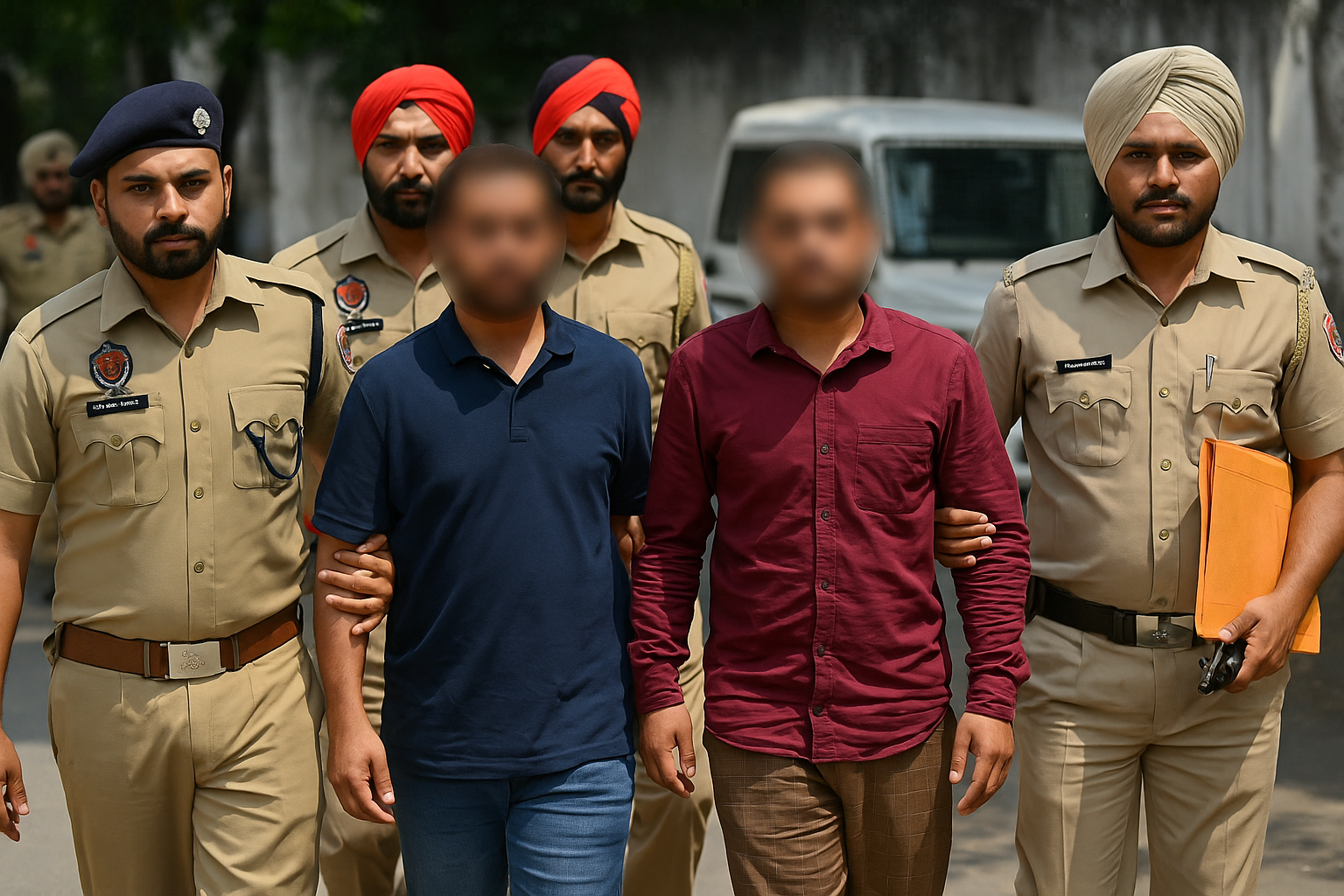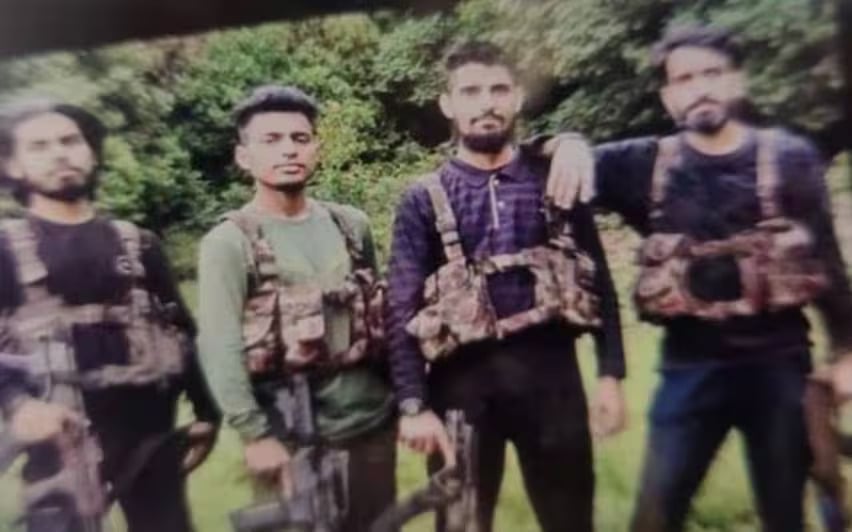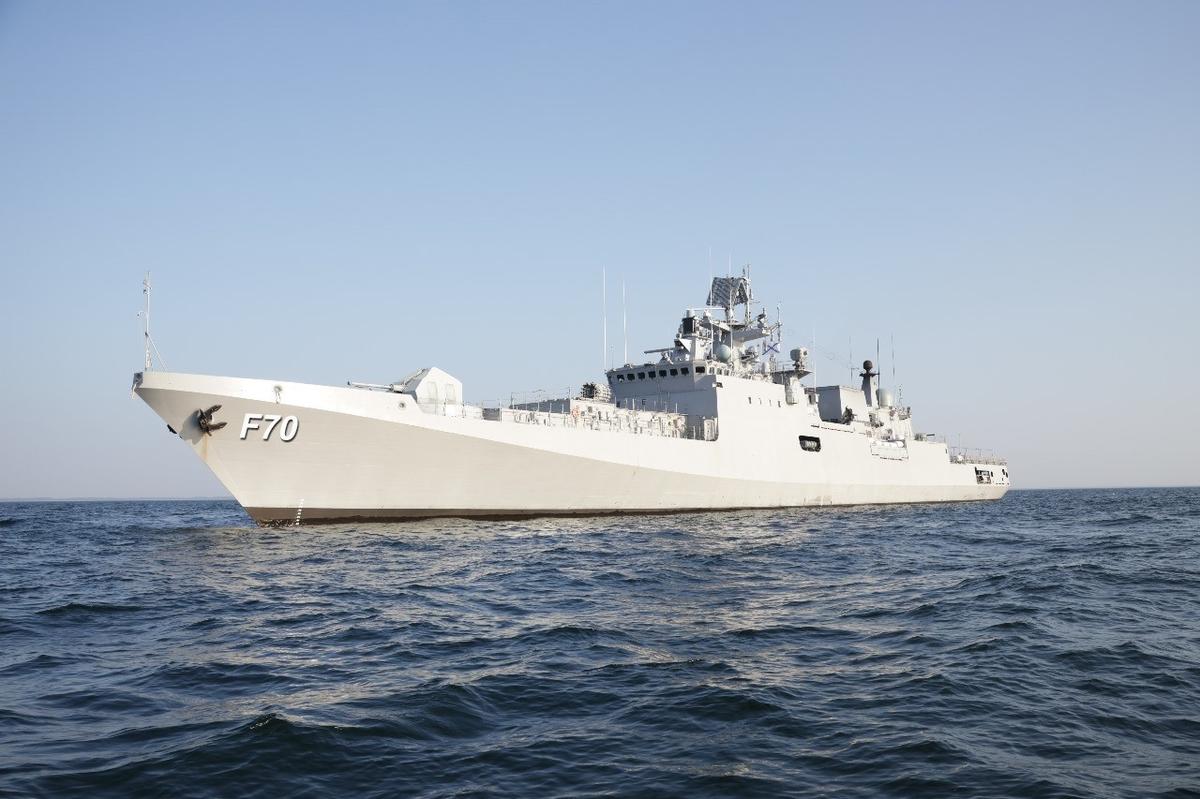Pakistan and Muslim Nations Condemn US Strikes on Iran’s Nuclear Facilities
Pakistan has strongly condemned the recent United States military strikes on Iran’s nuclear facilities, labeling them as violations of international…
India Assures Fuel Supply Stability Amid Iran’s Strait of Hormuz Closure Threat
Amid escalating tensions in the Middle East, Union Petroleum Minister Hardeep Singh Puri has assured Indian citizens that the country's…
Army Jawan and Accomplice Arrested for Leaking Sensitive Information to Pakistan’s ISI
In a major counter-espionage breakthrough, Amritsar Rural Police have arrested an Indian Army jawan and his civilian accomplice for allegedly…
All Three Pahalgam Attackers Were Pakistani Nationals, Says NIA
The National Investigation Agency (NIA) has concluded that all three terrorists involved in the April 22 terror attack in Pahalgam…
Iranian Parliament Approves Measure to Close Strait of Hormuz After U.S. Strikes
Iran’s parliament has approved a proposal to shut down the Strait of Hormuz in retaliation to recent U.S. airstrikes on…
INS Tamal to Be Commissioned into Indian Navy on July 1 in Kaliningrad
The Indian Navy is set to commission its newest guided-missile stealth frigate, INS Tamal, on July 1 at a ceremony…






